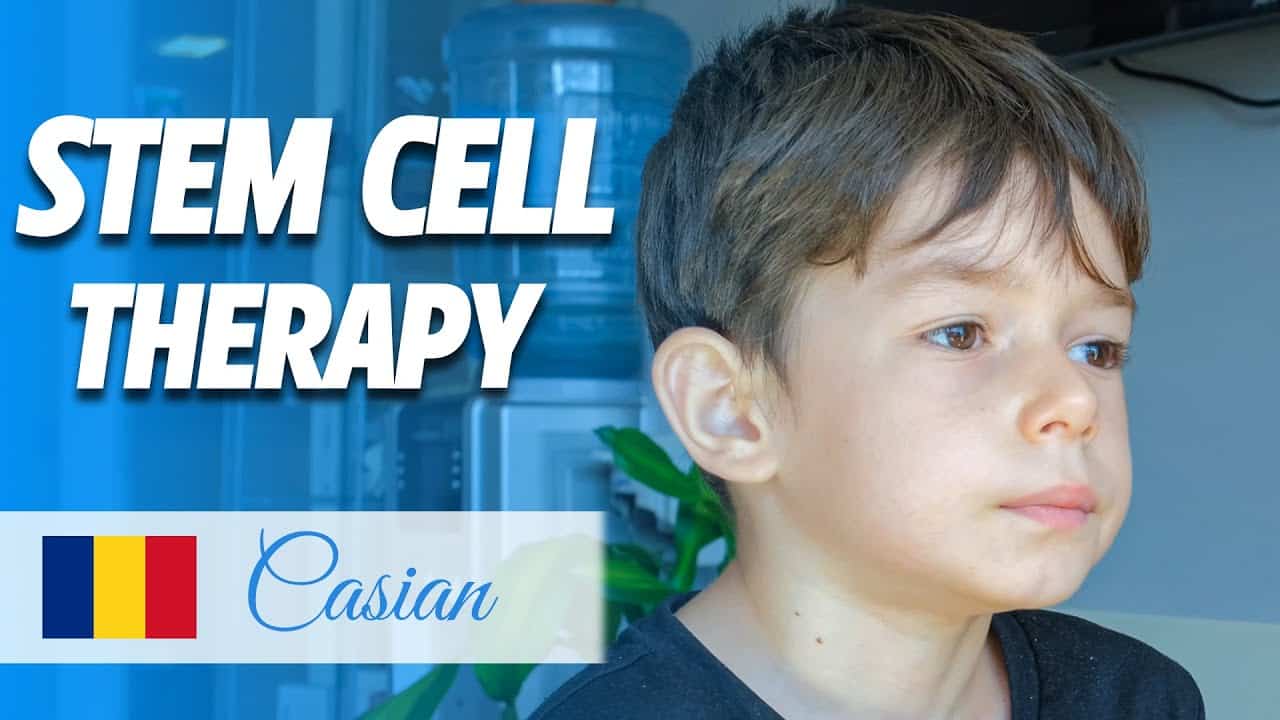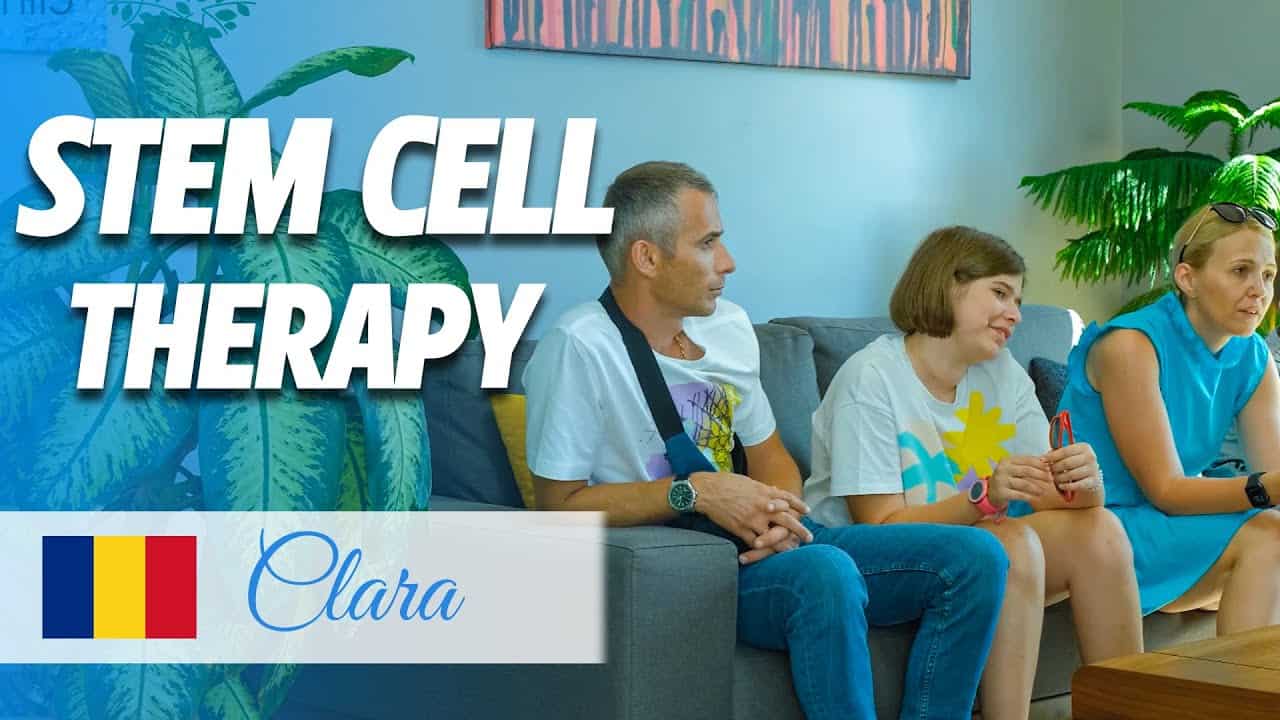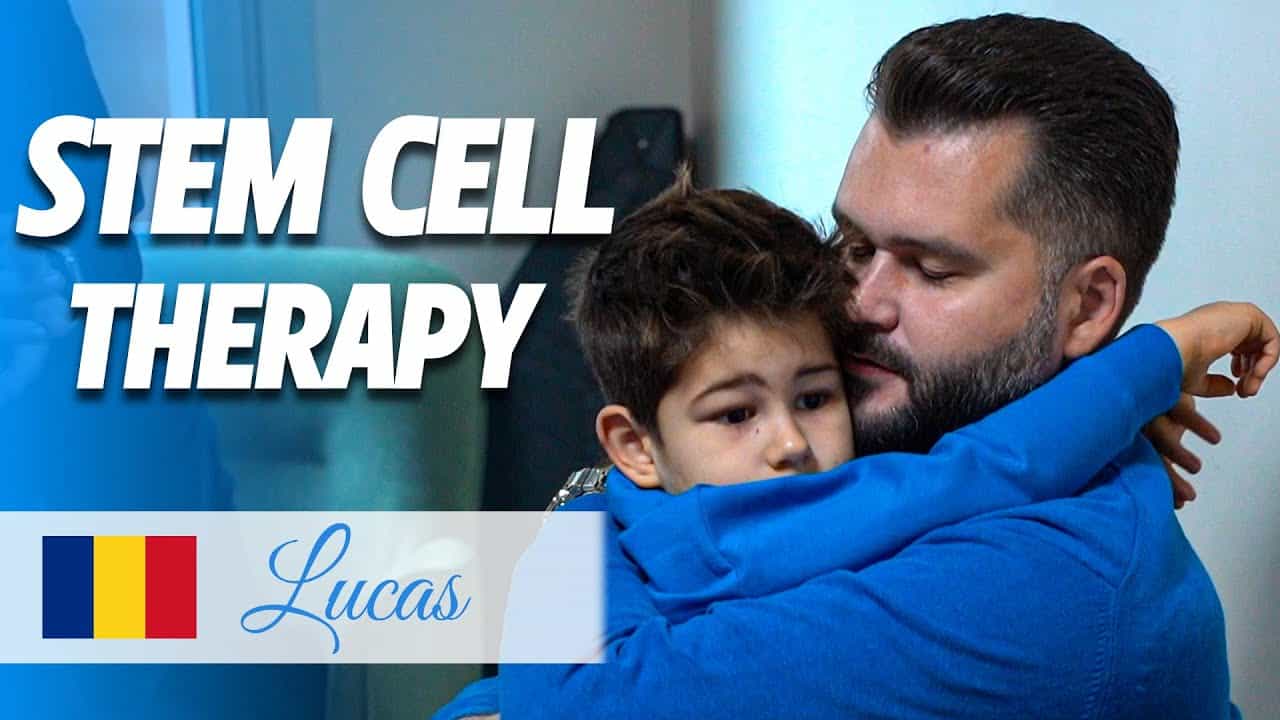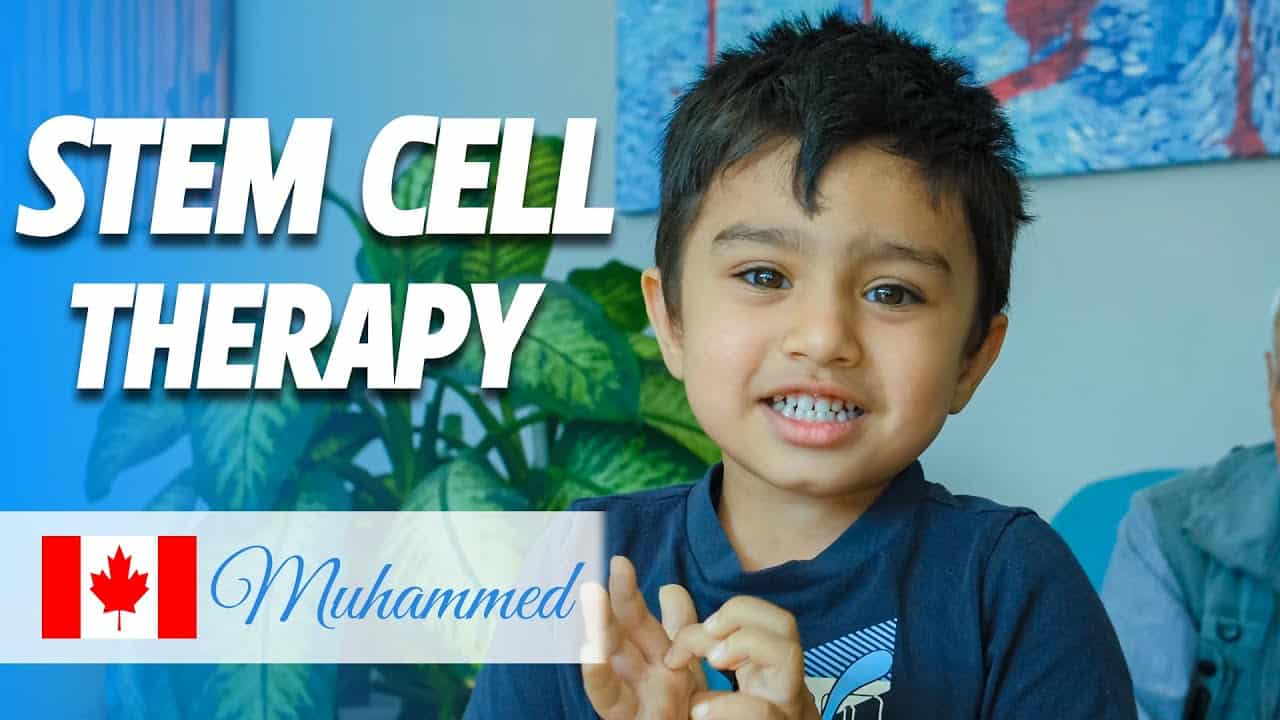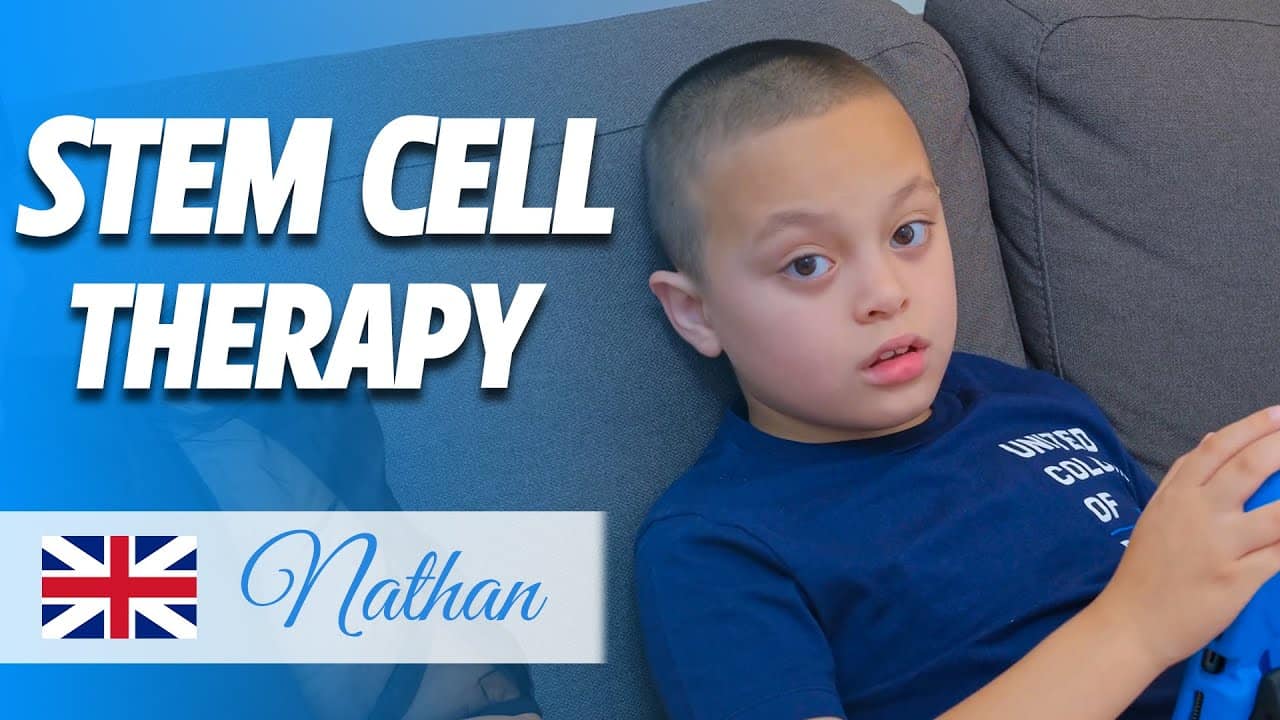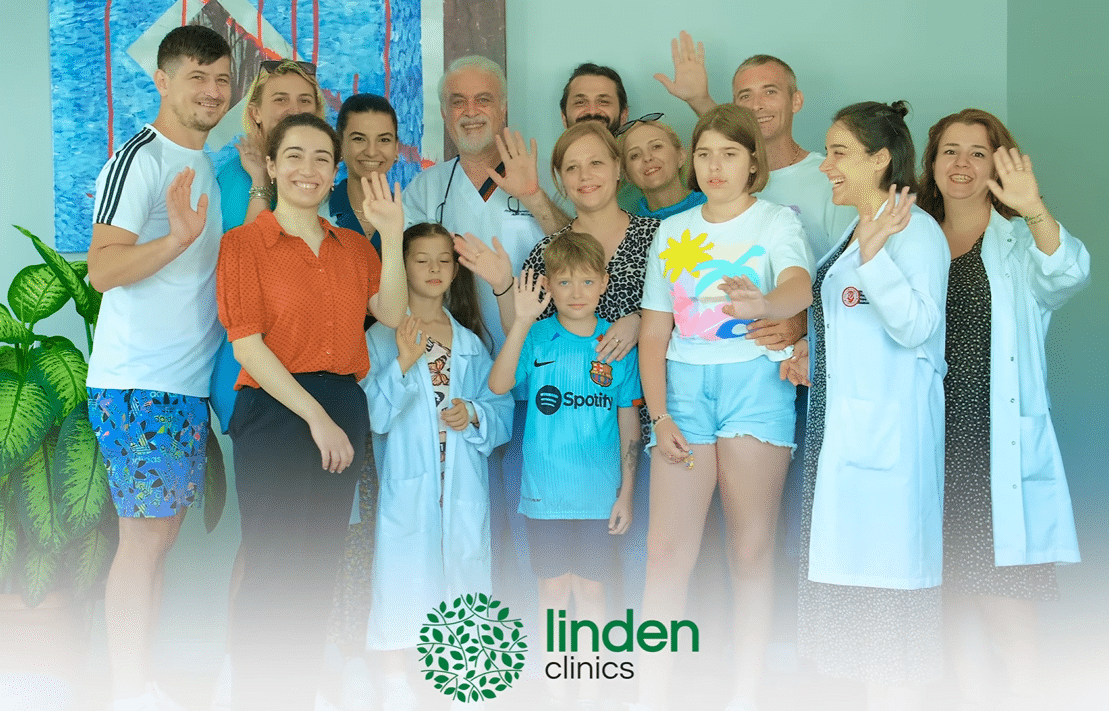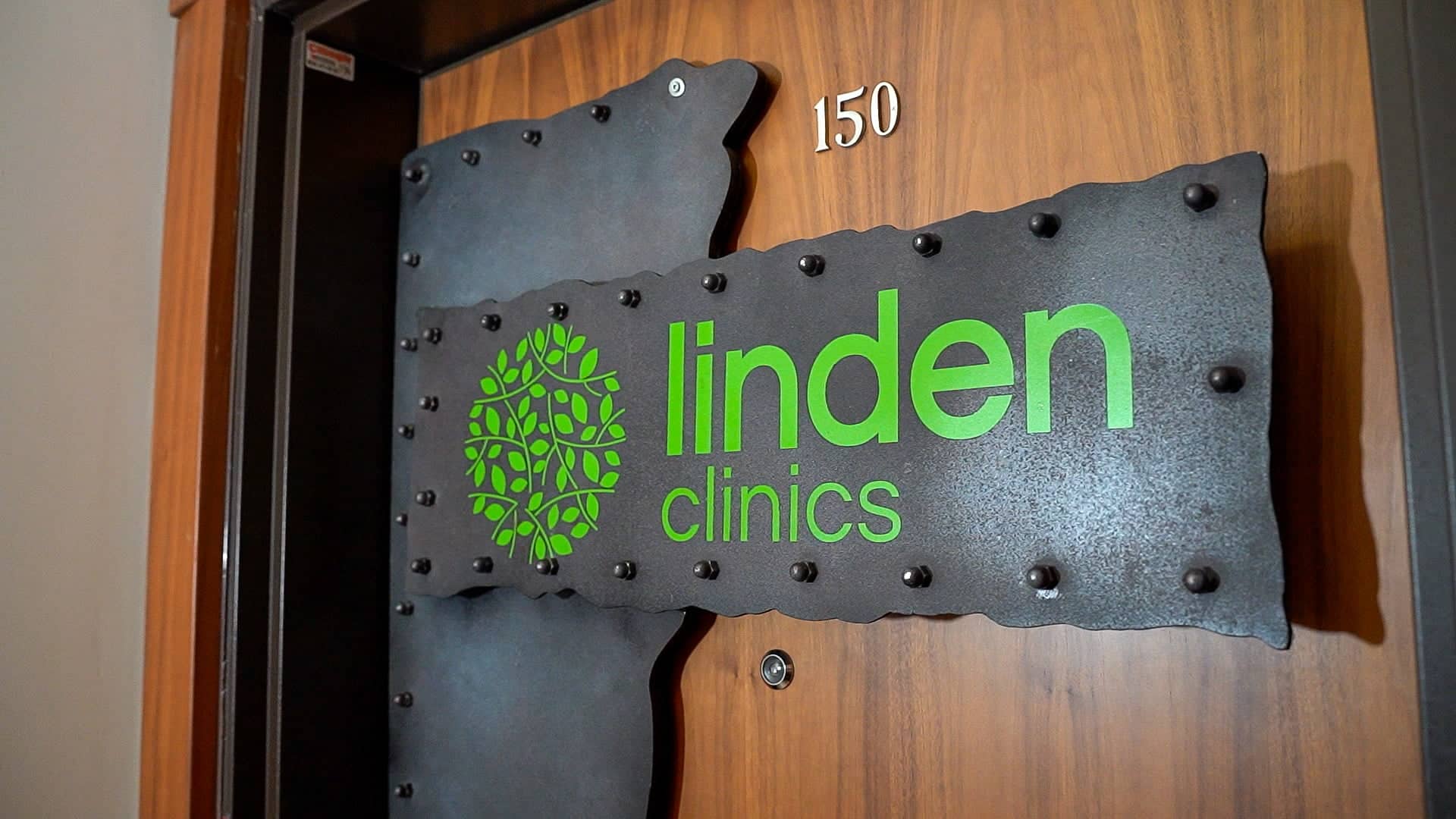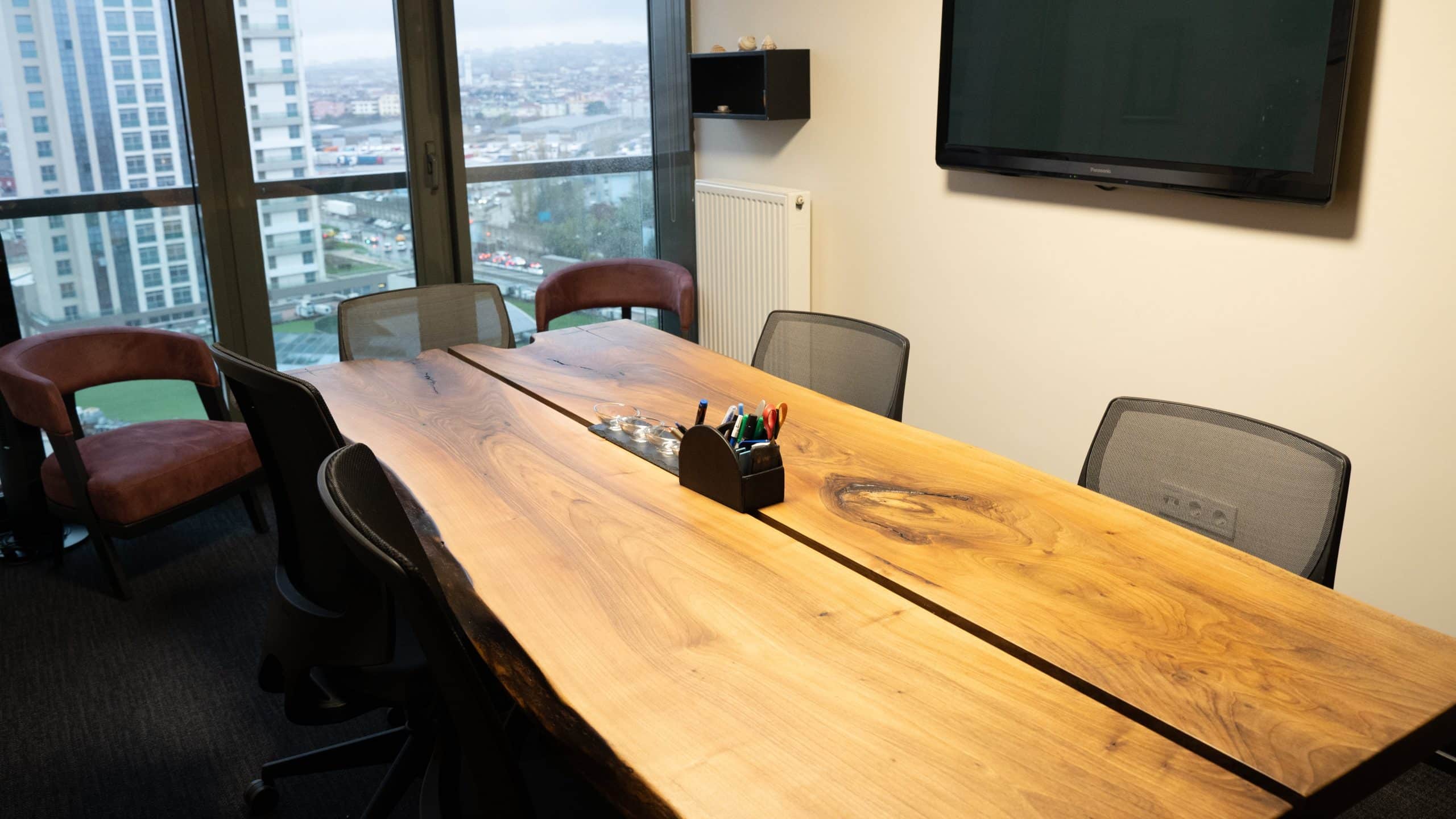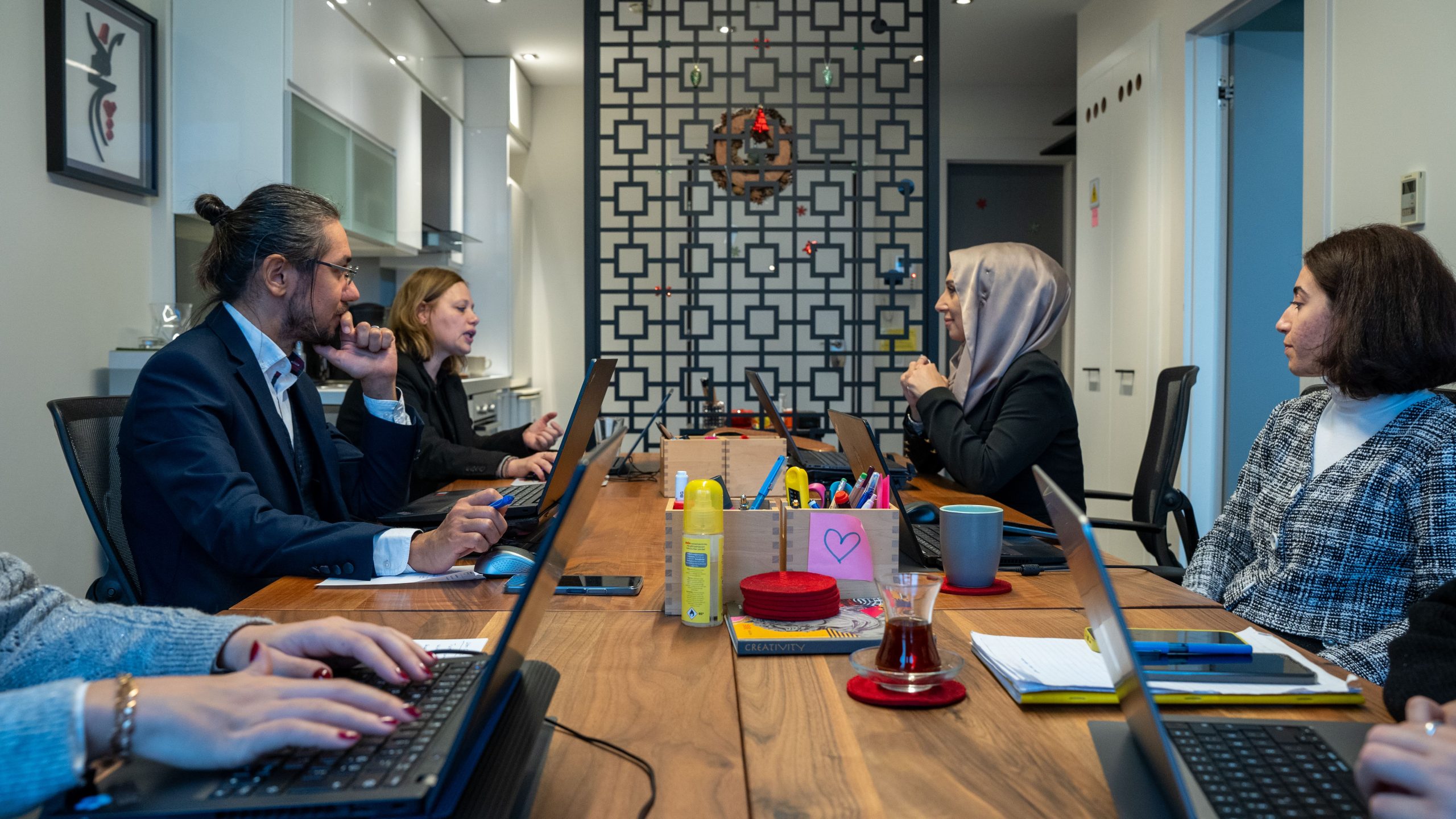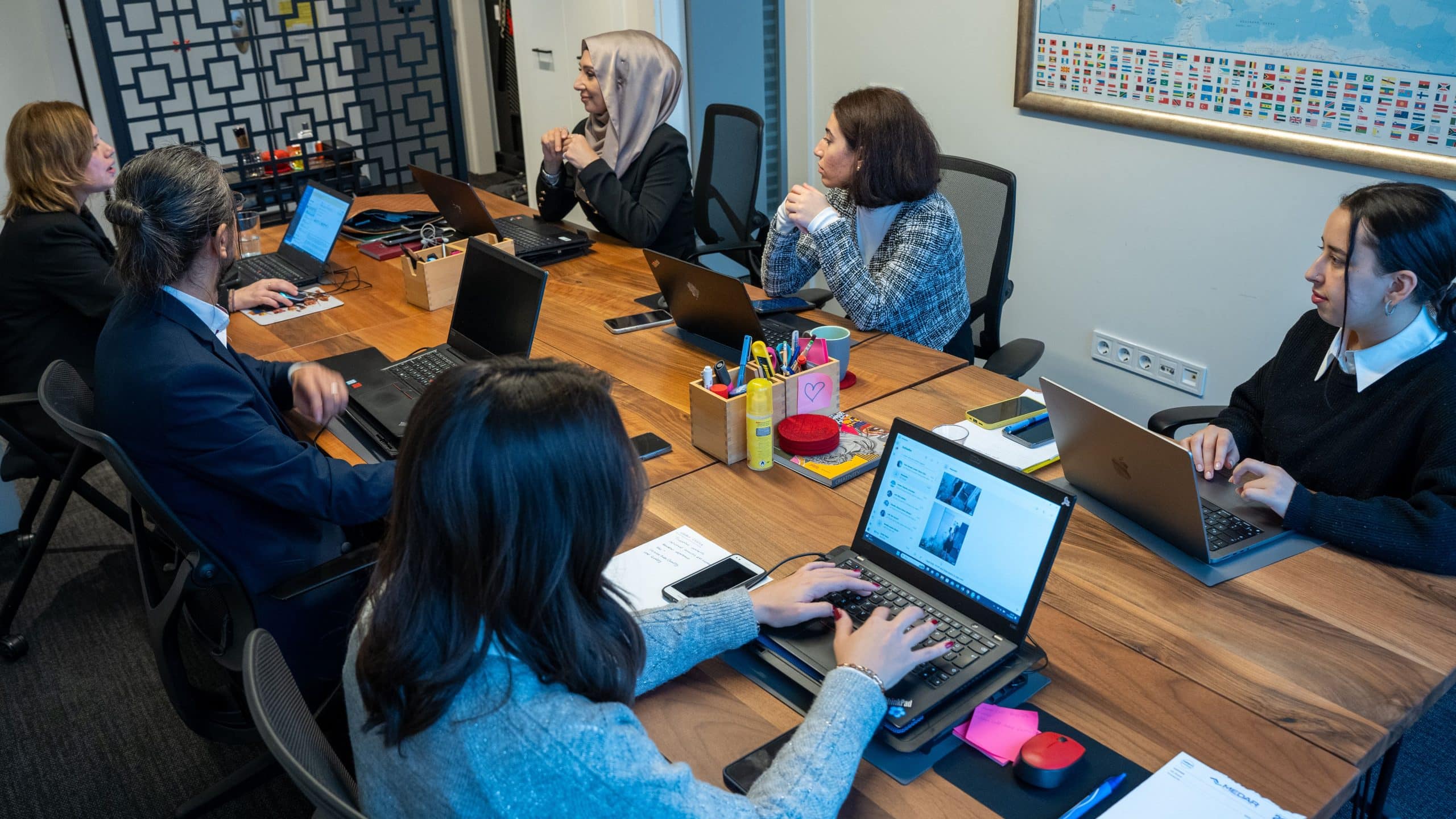Multiple Sclerosis Treatment with Stem Cells
The effectiveness of the treatment depends on different factors: initial condition, duration of the disease, age of the patient, hereditary predisposition, lifestyle, etc. The main goal of stem cell therapy is to stabilize the patient's condition and alleviate the course of the disease, which is reported in 80% of treated patients.
IF NOT NOW WHEN?
Free Consultation

What is Multiple Sclerosis Treatment?
The goal of MS treatment at the Linden Clinic is to end autoimmune aggression, the internal attack of the patient's immune system against its own nervous system.
Linden Clinic's stem cell therapy has two main functions:
1 - Prevention of nerve cell damage: Stem cells can help reduce or even prevent damage to nerve cells. This process is called "neuroprotection".
2- Repair of damaged myelin. Specialized stem cells in the brain can produce myelin-producing cells, which facilitate the repair of myelin. This process is known as "remyelination".
We offer two treatment programs for patients with MS.
1 - 3-day treatment with intravenous and subcutaneous stem cell injections.
2 - 3-day treatment with intravenous, subcutaneous and intrathecal stem cell injections.
Each treatment course includes a session with our physiotherapist (physical therapist) to support the patient's physical abilities.
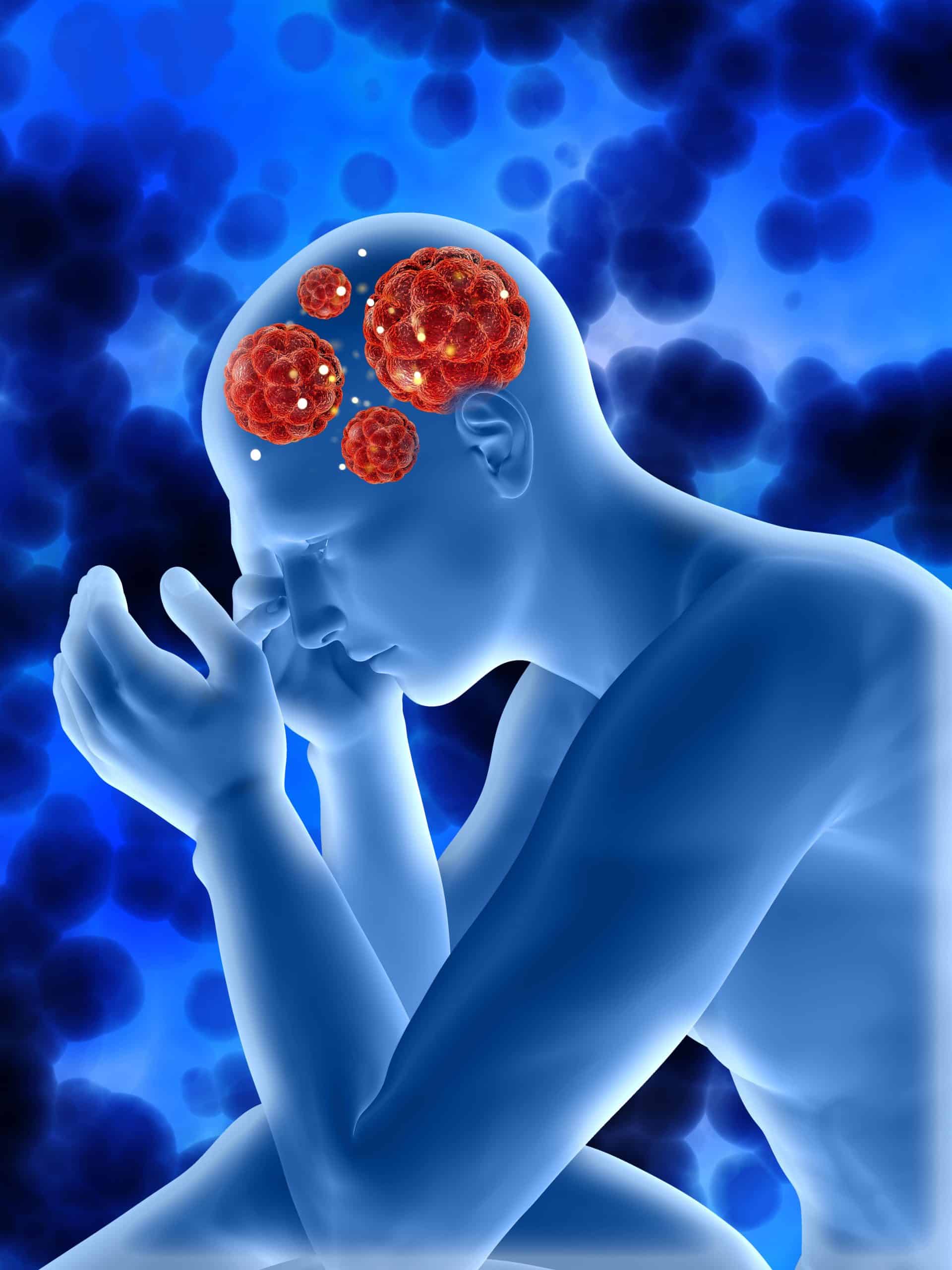
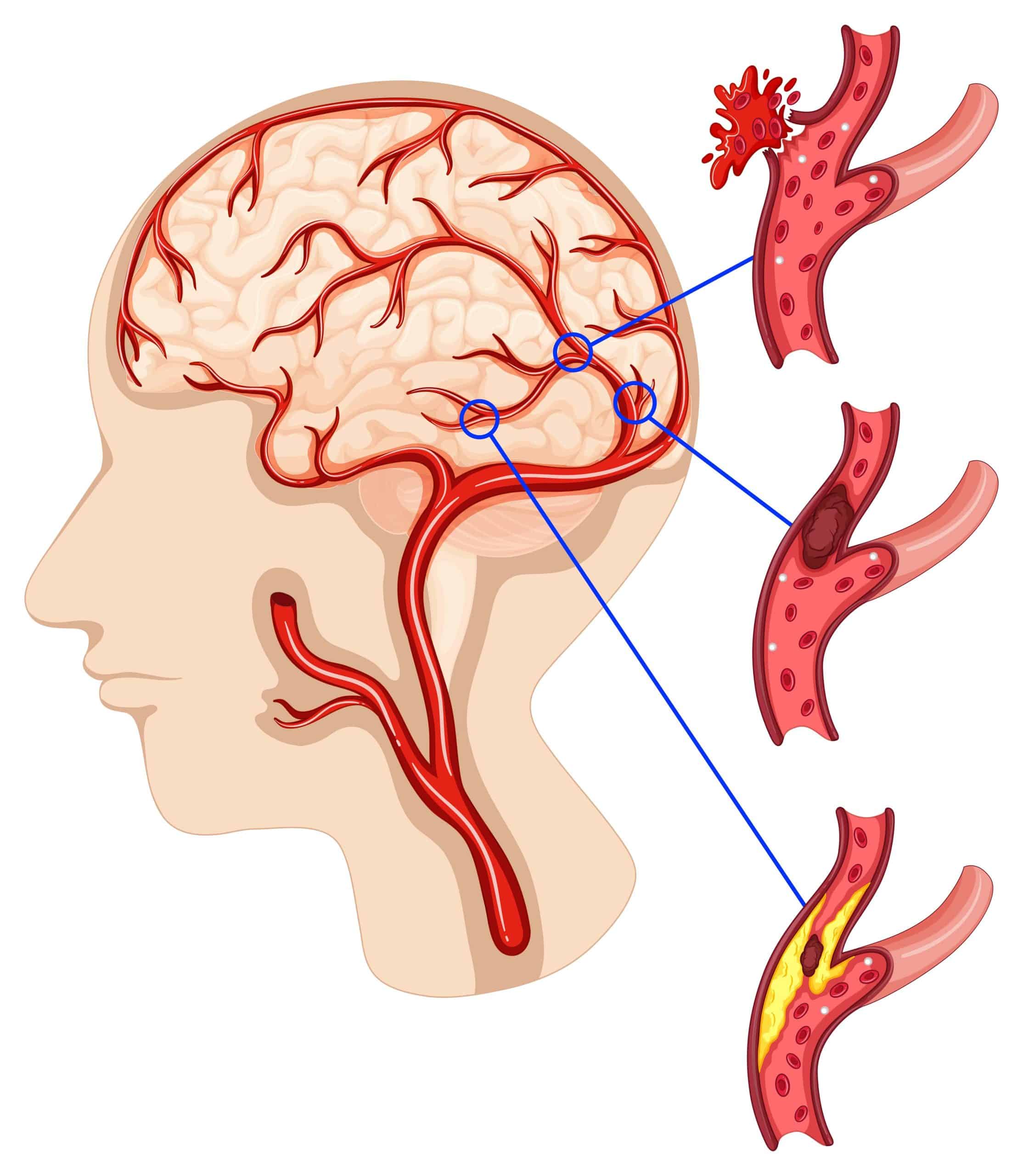
Multiple Sclerosis Treatment with Stem Cells
Multiple sclerosis (MS) is the most common myelin disease affecting the brain, spinal cord and optic nerves. Multiple Sclerosis occurs when the body's own immune system attacks myelin, the coating around nerve fibers.
Because of this, nerves are damaged, resulting in impaired nerve impulse transmission and communication between cells. These problems cause problems with muscle movement, balance, speech and vision.
Expected Improvement in Multiple Sclerosis Treatment with Stem Cell Therapy
+1000 Happy Patients in 22 Countries

Meet our Consultants
Get personalized advice from our experts with a free consultation.

Turkey / Turkish

Romania - Romanian

France - French

England - English

Spain - Spanish

America - English
Stem Cell Therapy Frequently Asked Questions
Stem cell therapy is a therapeutic approach that harnesses the abilities of specific cell types to alleviate symptoms associated with various health conditions. Stem cells are renowned for their regenerative potential and ability to naturally modulate the immune system through internal cell signaling mechanisms.
Health conditions that may benefit from stem cell therapy include neurological and autoimmune disorders, musculoskeletal injuries, metabolic syndrome, skin diseases and other conditions related to damage to tissue or cells. Our medical advisors will evaluate your condition to provide an estimate of the possible outcomes of treatment.
In most cases, stem cell therapy can relieve pain, reduce inflammation, heal affected areas and/or improve motor and cognitive functions, depending on the specific condition. However, the extent of improvements resulting from cell-based therapy can vary between patients due to factors such as the nature and duration of the disease, the severity of symptoms, the number of procedures performed and other individual factors.
Stem cell therapy should not be seen as a miracle solution, but as an alternative approach worth considering. For difficult-to-treat and rare diseases, it can contribute to alleviating symptoms, improving overall quality of life and slowing disease progression. In more common health conditions, it has the potential to significantly improve symptoms.
In many cases, patients experience noticeable improvements in the first days of stem cell therapy. However, it is important to recognize that it takes time for the delivered stem cells to reach the affected areas and facilitate the healing process. As a result, the full therapeutic effect typically becomes apparent later - most likely within a few months after discharge - and lasts (in general) 6 to 12 months.
The safety profile of stem cells used in the clinic has been confirmed by extensive research and clinical trials. However, it is important to note that some patients may experience minor side effects shortly after the administration of the cells, typically in the first few hours or days. These may include short-term fever, redness at the injection sites, weakness or headache.
Although stem cell therapy is generally well tolerated and has no serious side effects, there are some contraindications to the procedure that should be considered. These include conditions such as cancer, acute infections, previous negative experiences with cell-based therapies, mental disorders and some other special conditions. Therefore, we evaluate each patient's medical history and individual suitability for the treatment to ensure optimal safety and effectiveness.
At the clinic, we offer the option of using both autologous (the patient's own) and allogeneic (from donated tissues) stem cells. In the case of autologous stem cells, additional time is required to collect, cultivate and prepare the cells before treatment can begin. In contrast, when using donated cells, treatment can be started immediately, eliminating the need for the cell collection procedure and associated anesthesia. The choice between these two approaches depends on individual circumstances and medical considerations, which our medical experts will assess to determine the most appropriate course of action.
Stem cells can be derived from various tissues in the body. Significant amounts of stem cells are found in bone marrow, adipose (fat) tissue (taken from the patient or donated), and in umbilical cords and placentas taken with consent after a healthy birth. Once collected, the cells are processed and then stored in a bank until they are needed for treatment.
The type of cells used in the clinic are known to be immune privileged. This means that they are not rejected by a recipient's immune system, even if donated. Unlike other treatments that use other protocols and stem cell types, the use of mesenchymal stem cells (MSCs) eliminates the risk of rejection.
In our clinic, we only use mesenchymal stem cells (MSCs) for treatment. It is important to note that these stem cells are derived from adult tissues, not from fetuses or embryos. As a result, MSCs do not have the capacity for uncontrolled differentiation and tumor formation. Extensive research has established the safety profile of these MSCs and provides reassurance for their use in therapeutic applications.
In this approach, only cell-based drugs prepared in laboratories for clinical use are used. These may contain stem cells or exosomes secreted by these cells. During treatment, these cell-based drugs are administered by various routes such as intravenous, topical, inhalation, etc., depending on the medical needs of each patient.
Your stay at the clinic can vary from a few days to several weeks, depending on factors such as treatment goals, the number of procedures required and the specific case being handled. We strive to create a comfortable and warm environment for patients by offering cozy rooms that resemble a home environment rather than a traditional hospital setting. We also understand the importance of emotional support and welcome the company of your loved ones during the treatment process.
The innovative nature of stem cell therapy contributes to its often high cost and makes it less affordable for some individuals. The overall cost of the treatment covers various stages, including collecting, storing, processing and making the cells available for use in the Clinic. In addition, the cost reflects the expertise and efforts of various specialists, including regenerative medicine experts and other healthcare professionals who play an important role in ensuring the success and safety of the treatment. While the costs associated with stem cell therapy can be significant, it is important to consider the potential benefits and long-term value in improving health and quality of life.
Before starting treatment, it is standard procedure to have a comprehensive consultation with a medical advisor at the Clinic. During this consultation, you will have the opportunity to present your case and provide relevant medical reports. The doctors will carefully evaluate your medical history and condition to assess the appropriateness and potential effectiveness of treatment for your specific health condition. Following this assessment, a personalized treatment program will be created for you, including convenient dates for your arrival at the Clinic. This ensures that your treatment plan is tailored to your individual needs and maximizes the chances of a successful outcome.
What Did Our Patients Say?
Read Over 5,000 Real Patient Reviews

